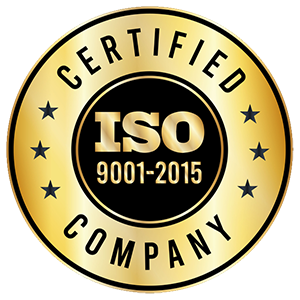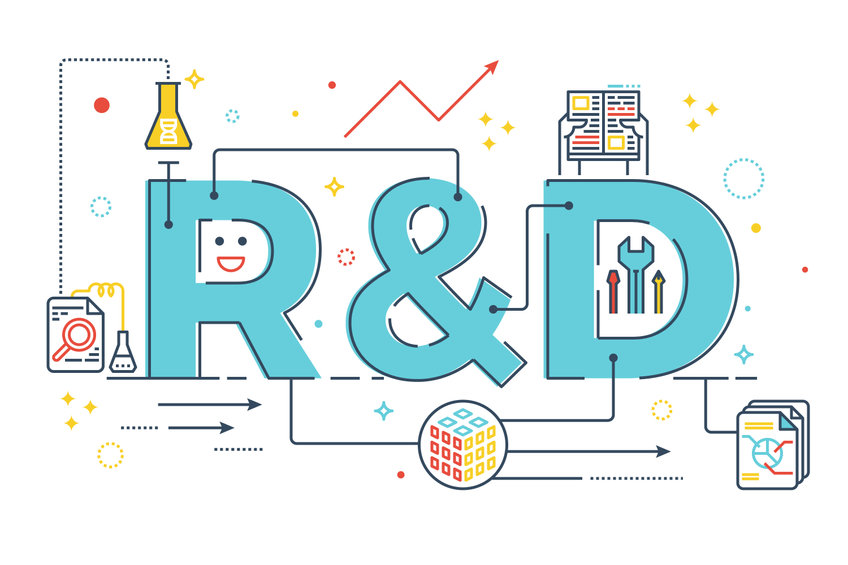“Innovation distinguishes between a leader and a follower.” —Steve Jobs
It has long been known that new and improved products or services are critical for the long-term survival of any business. Look at the automobile industry. Look at how HDTVs have evolved. Look at the mobile phone market. Look at how music is distributed and consumed today compared to past decades.
3M Post-it Notes were developed via a research project, the goal of which was to find adhesives that performed better for use in aerospace applications, not to create a sticky yet removable notepad. Instead, the research scientist ended up with an adhesive that was reusable but with no viable application, at least at the time. Years later, another researcher took the results of that project and tried the adhesive on paper, ultimately developing the original “sticky note” in the mid-70’s. Today, 3M markets several hundred various products related to this innovation across a broad spectrum of industries to consumers and businesses around the world.
“If you are not getting better, you are getting left behind.” —Alan Armstrong
A sound research and development (R&D) program is integral to the success of any businesses. Smaller businesses may not call it R&D, but if they are coming up with new and better products or enhanced service offerings which are helping their customers earn more, save money or in general become better at what they do, small businesses are doing R&D just the same.
Once you develop, test, and release a new product or service and people start buying your offerings instead of someone else’s, you can be assured your competition is going to take notice. They will soon start dissecting what you’re selling to find out how they can compete for some of the market dollars you have captured. In order to keep ahead of them, constant R&D is a necessity.
“Strategy without tactics is the slowest route to victory. Tactics without strategy is the noise before defeat.” — Sun Tzu
A strong R&D practice requires that it is leveraged both as an overall business strategy as well as a tactical tool used at every level of your organization. From the top, leaders must be on the lookout for how their organization can improve not just products and services, but also things like infrastructure, operations, procedures, and logistics. Leaders should also empower team members at every level to look for ways to improve all aspects of operations, both those that are involved with producing what is delivered to customers, as well as making things more cost effective or efficient internally.
“Even if you’re on the right track, you’ll get run over if you just sit there.” —Will Rogers
The immense importance of R&D in helping a business survive and thrive in today’s marketplace, as well as to keep our overall economy energized, has been recognized by the U.S. government in the form of a tax incentive that encourages spending money on improvements and innovation. The original R&D tax incentives were established as temporary measures, but later codified into a permanent part of the tax law.
Summarizing some of the key points in a 2017 article appearing in The CPA Journal, “U.S. Research and Development Tax Credit”, the R&D credit comprises the following types of Qualified Research Expenses (QRE):
- Wages paid to employees for qualified services (including amounts considered to be wages for federal income tax withholding purposes).
- Supplies (defined as any tangible property other than land or improvements to land, and property subject to depreciation) used and consumed in the R&D process.
- Contract Research Expenses paid to a third party for performing Qualified Research Activities (QRA) on behalf of the taxpayer, regardless of the success of the research, allowed at 65% of the actual cost incurred.
- Basic research payments made to qualified educational institutions and various scientific research organizations, allowed at 75% of the actual cost incurred.
It is important to note that these tax incentives apply whether a company is doing its own R&D, or if it hires another firm to handle it for them.
Also noted in The CPA Journal Article, to qualify as research according to the IRC section 41, the taxpayer must show that the activities:
- Are intended to resolve technological uncertainty that exists at the outset of the project or initiative, related to the capability or methodology for developing or improving the business component or the appropriate design of the business component.
- Rely on a hard science, such as engineering, computer science, biological science, or physical science.
- Relate to the development of new or improved business component, defined as new or improved products, processes, internal use computer software, techniques, formulas, or inventions to be sold or used in the taxpayer’s trade or business.
- Substantially all constitute a process of experimentation involving testing and evaluation of alternatives to eliminate technological uncertainty.
Larger businesses ($10M+ in assets) both domestic and foreign, can learn more about what qualifies as research and how they are able to get credited for what they invest in R&D by referring to this guidance offered by the IRS.
Whatever the case, we are by no means accounting experts, so you should check with our accounting team or CPA to find out if and how your organization qualifies for R&D tax credits.
National Polymer is an ISO 9001 certified research and development, and custom manufacturing company located in in Chagrin Falls, Ohio, and eastern suburb of Cleveland. Our organization is made up of three divisions:
- laboratory research
- product development
- coating services (manufacturing)
National Polymer focuses on polymeric materials such as adhesives, coatings, sealants, and coated products. We develop novel products through formulation and process development and then produce custom materials based on this research and development. National Polymer partners with our client businesses to provide expertise in the field of polymer technology, helping them reduce operating costs, improve efficiencies and/or create a better overall end-product.
If you want to find out more about National Polymer’s research and development offerings or have a specific novel polymer related project you would like to discuss with us, please call at 1-800-679-0477 or send us a message here.



